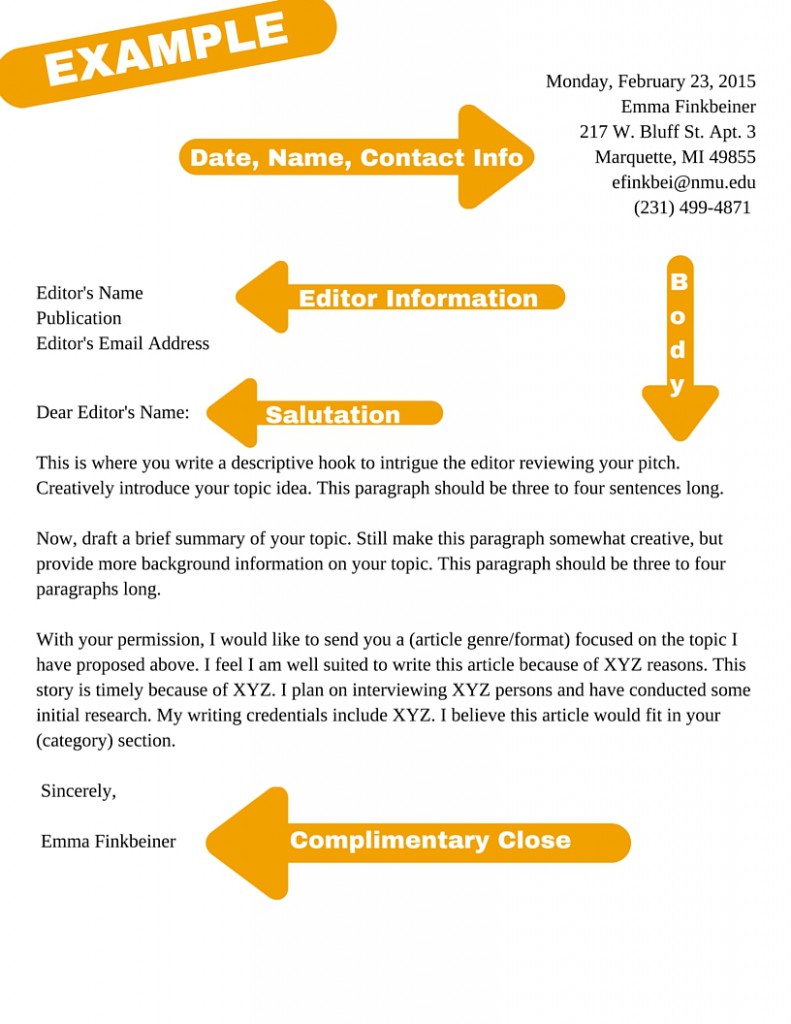I Got 99 Problems but a Pitch Ain’t One: Tips for Proper Pitching to a Publication
Whether you’re pitching the media on a story about your client’s next big campaign or trying to publish your masterful 3,000-word feature story, there are a few things you should know before you hit send on that email.
Do Your Research
This step is of the utmost importance. Don’t pitch to a publication you know nothing about. Learn about the publication. There are simple ways to be prepared prior to pitching to an editor.
Read back issues of the publication to get a feel for the type of articles they publish or already have published. It’s embarrassing to pitch an article that’s been done before. Reading the publication also clues you in on what “genre” of articles the publication publishes and the overall tone. Reading the letter from the editor can also give you clues to what kind of articles they are looking for.
“The quickest way to kill a relationship with a journalist is to have not done your research,” said Cheryl Reed, assistant professor of English at Northern Michigan University. Reed is a veteran journalist, having been a former editorial page editor, columnist, book critic and investigative reporter at the Chicago Sun-Times.
One of the most important things to know prior to pitching is who you’re pitching to. Knowing the editor’s name that you’re emailing is essential. This information is almost always readily available, even if you’re pitching to a special section of a publication. Knowing who to submit to specifically as well as how each publication prefers submissions to come in is an important factor to consider.
Timeliness is a huge factor in publications as well. Knowing the lead time of a publication is important because you may need to pitch a fall themed article in the summer to offer the editor enough time to plan for publishing.
Be Prepared to Answer Questions
Don’t pitch empty ideas. Be prepared to answer questions: who will you interview, what media can accompany it, how long will it be? It’s also a plus if you have multi-media ideas on hand or have already taken some photos to accompany your article. This means less work for the already busy editor, which always works in your favor.
“Pitching is like applying for a job and you need to have a good thorough process, a strategy and have done some research,” Reed said.
Have a Unique Story Angle in Mind
Before you pitch an idea to a writer or an editor, ask yourself, “Is this a unique topic idea?” And if your topic isn’t entirely original, ask yourself, “What unique angle do I have on this topic?” Make sure to think about the readership of a publication as well to be sure your topic matches the audience.
“Pitching is good practice to think about your topic, audience and where to pitch before you start your piece,” Reed said.
For example, anyone can write about their summer internship but if you focus in on a specific part of internships, like the application and interview process, it makes your idea unique.
Craft a Flawless Email

Craft the most intriguing, professional (and yet concise) email of your life. It shouldn’t be more than three brief paragraphs with a very specific intent. Intrigue them with a descriptive summary of your story. Tell the editor exactly what you want to write about and why. And finally, let them know why you’re the best person to write about the topic and explain your qualifications.
“Pitching is hard work. It’s mental exercise and a lot of research that you condense into five or six sentences,” Reed said. “You could spend several days researching and then hours crafting an email.”
Before sending your email, have a friend, professor or co-worker review it as well.
Don’t Get Discouraged
Rejection is a reality. Not every story idea you pitch will become a published masterpiece. But don’t let this fact discourage you. The research and preparation done to send a pitch should be apparent to an editor regardless of if they accept your article.
“Sometimes the pitch isn’t right but it opens the door for a relationship with that editor for a time they will take something you offer them,” Reed said.
At the end of the day, having good media pitching skills and understanding how to prepare to pitch an article to a journalist is an invaluable skill for a public relations professional.
“If you’re interested in public relations and you can’t as a student figure out what publication you’re pitching to or what you want to write then how are you going to pitch someone to write about what your client is doing?” Reed said. “The skills that you’re learning pitching a piece to a publication are the same ones that you need as a public relations professional.”
For information on how to pitch to Progressions, follow this link and let’s get you published.
—
Emma Finkbeiner is the PRSSA 2015–2016 publications editor in chief. She attends Northern Michigan University and was a former editor in chief of the student newspaper The North Wind. Connect with her on Twitter @efink101 or LinkedIn.
